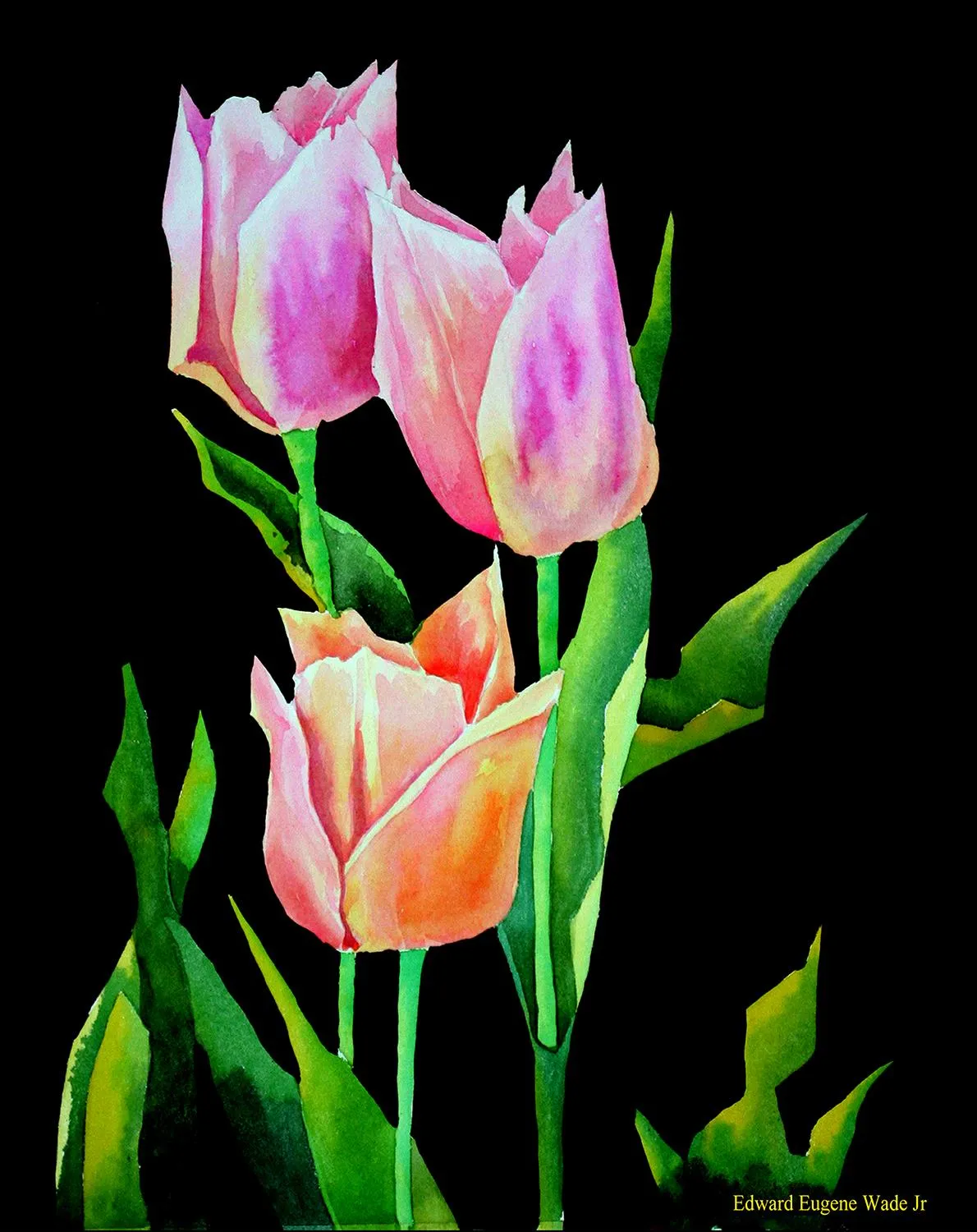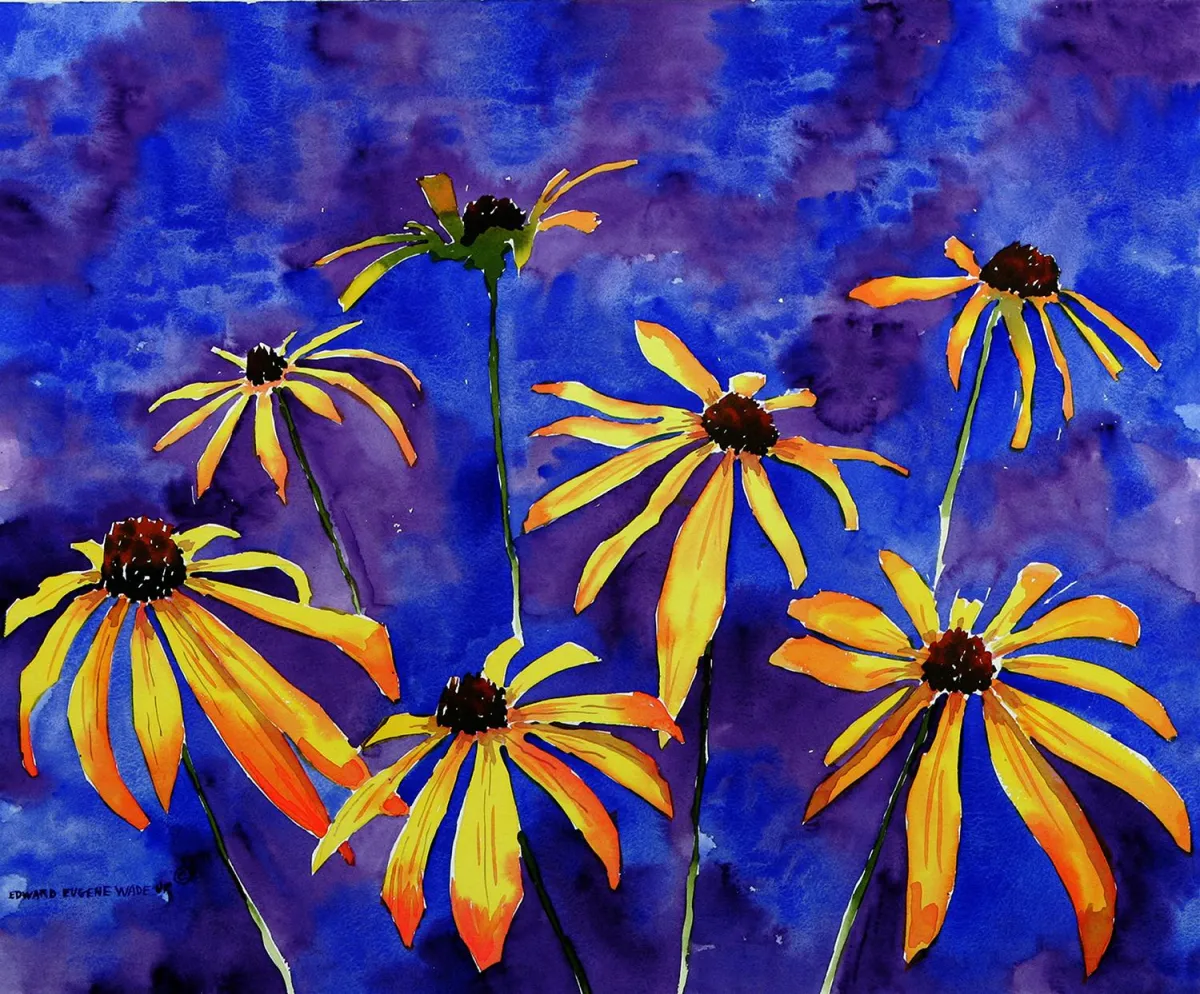Painting The Moments Time Tries To Erase
Edward Wade Watercolor Artist
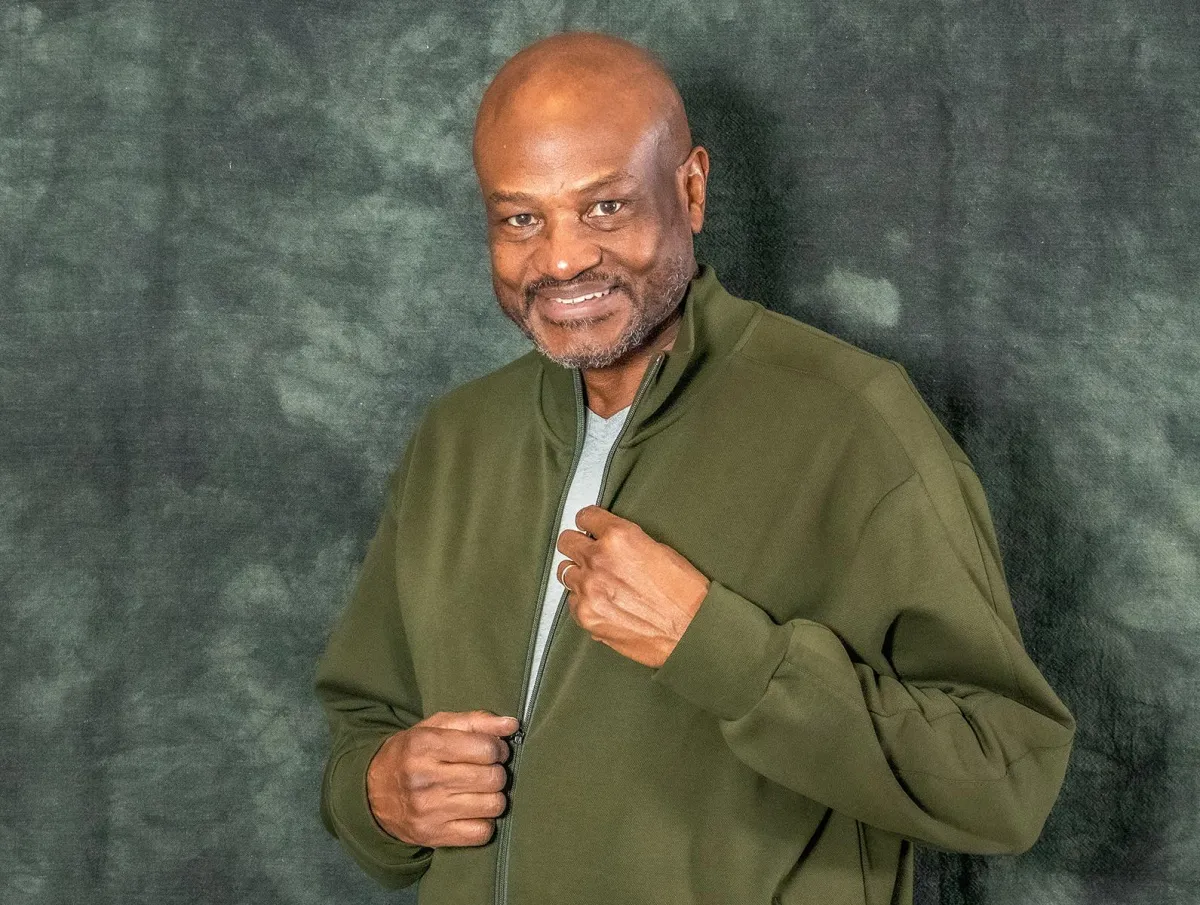
Collectors don’t just seek beauty—they seek resonance. They long for art that doesn’t simply decorate a wall, but becomes part of their life’s rhythm. Edward Wade delivers that rare harmony with the tenderness of a storyteller and the precision of a craftsman.
Each of Edward’s watercolor paintings is a hymn to the ordinary—a barn standing steady against time, a face caught in a moment of thought, a soft edge of light that nearly escaped notice. These are not just scenes; they are touchstones of memory, translated through brush and breath into something lasting.
When Edward paints, he does not paint in isolation. In his mind, he’s standing inside the homes of his collectors—their walls softly lit, their stories quietly unfolding. He imagines a painting resting above a mantel, where family gathers.
He imagines it beside a window that catches the same kind of light he paints.
“When I create,” Edward says, “I’m thinking of the people who will live with this piece. I’m thinking about how it will feel to them—to walk past it in the morning, to sit beside it at night, to remember something they thought they’d lost.”
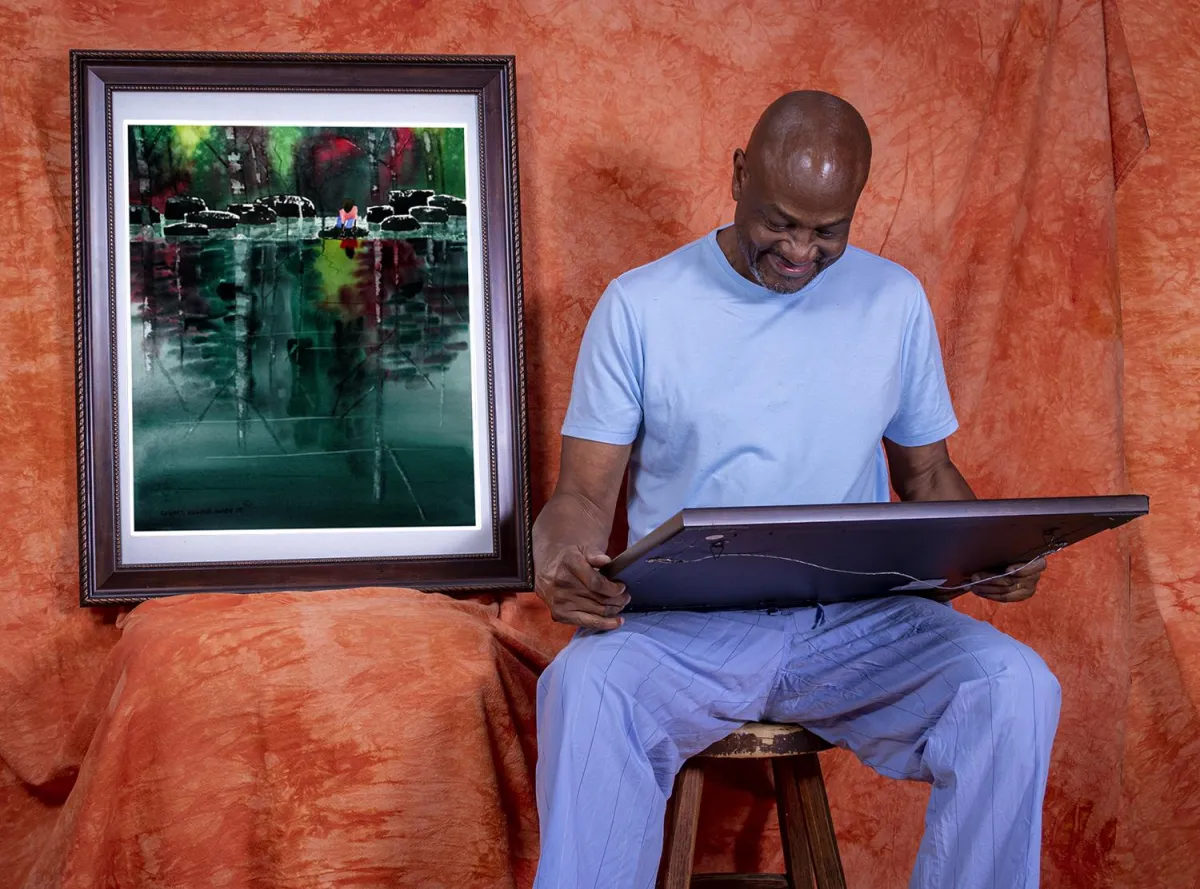
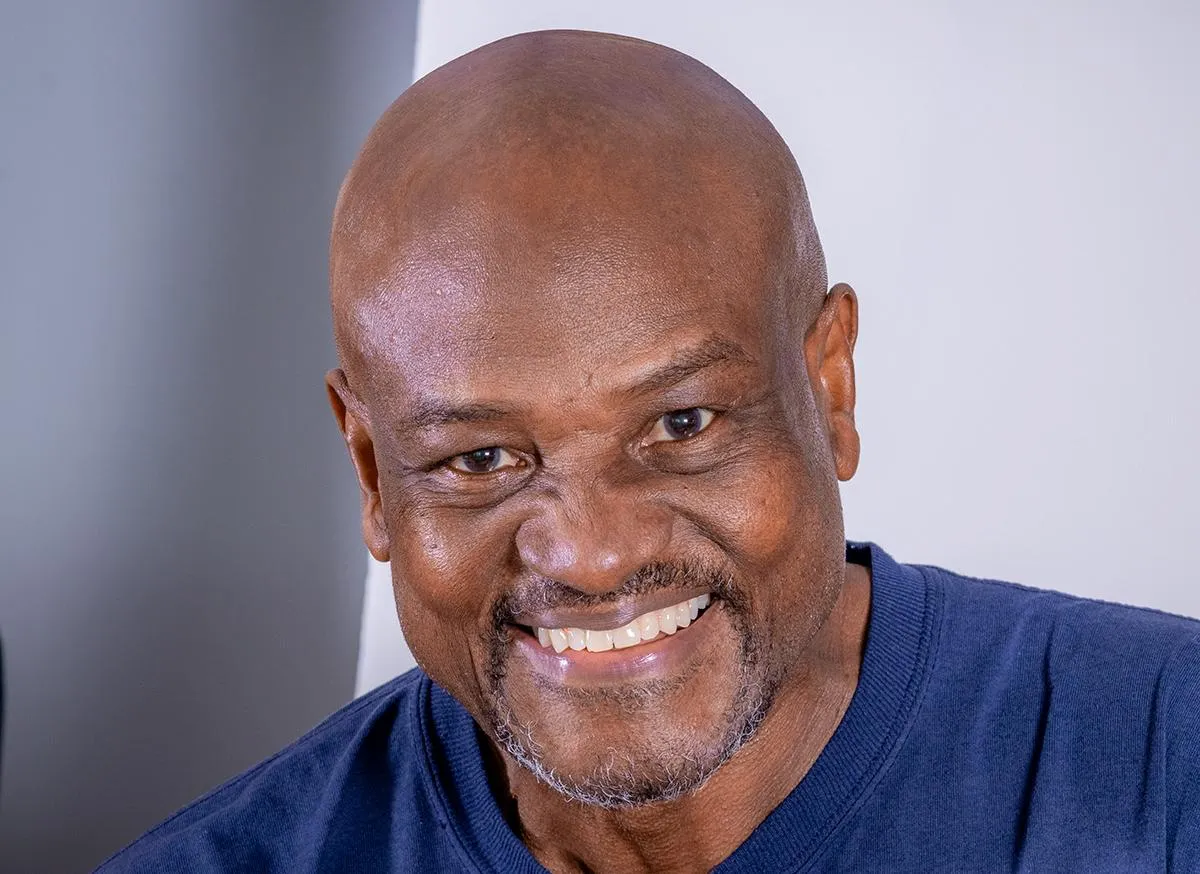
For Edward, each painting begins with a whisper of emotion—something honest, something human. It may be the tilt of a barn roof, the weary strength in an old man’s posture, or the quiet faith of a mother watching her child.
From that spark, the story unfolds, guided not only by the brush, but by the unseen presence of those who will one day collect it.
His collectors often describe his work as deeply personal—as though he painted a piece of their story without ever meeting them.
And in truth, that is exactly what he hopes for. His art isn’t born from imagination alone—it is born from shared human experience, from the unspoken things that bind us together: love, time, hope, and memory.
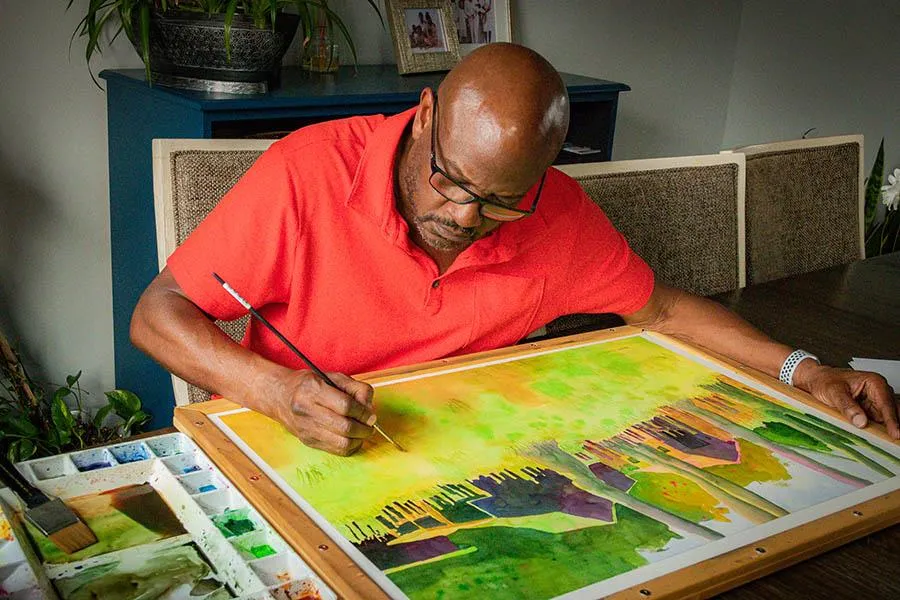
Edward’s creative process is less about control and more about surrender. He allows the water and pigment to mingle and wander—just as memories do. The transparency of watercolor mirrors the transparency of emotion; it blurs the edges, softens the truth, and invites the viewer to fill in the spaces with their own history.
“Watercolor,” he says, “teaches me to let go. To trust what is meant to appear. To leave room for grace.”
For him, art is not a transaction—it’s a conversation. Every painting is an invitation to pause, to remember, and to feel. It’s his way of saying, I see you. I remember, too.
His collectors—those who love the worn textures of life, who cherish the silence between words—often find that Edward’s work meets them where they are.
In the stillness of his scenes, they recognize themselves: their fathers’ barns, their mothers’ hands, their own moments of quiet wonder. To them, his art is not merely seen—it is felt.
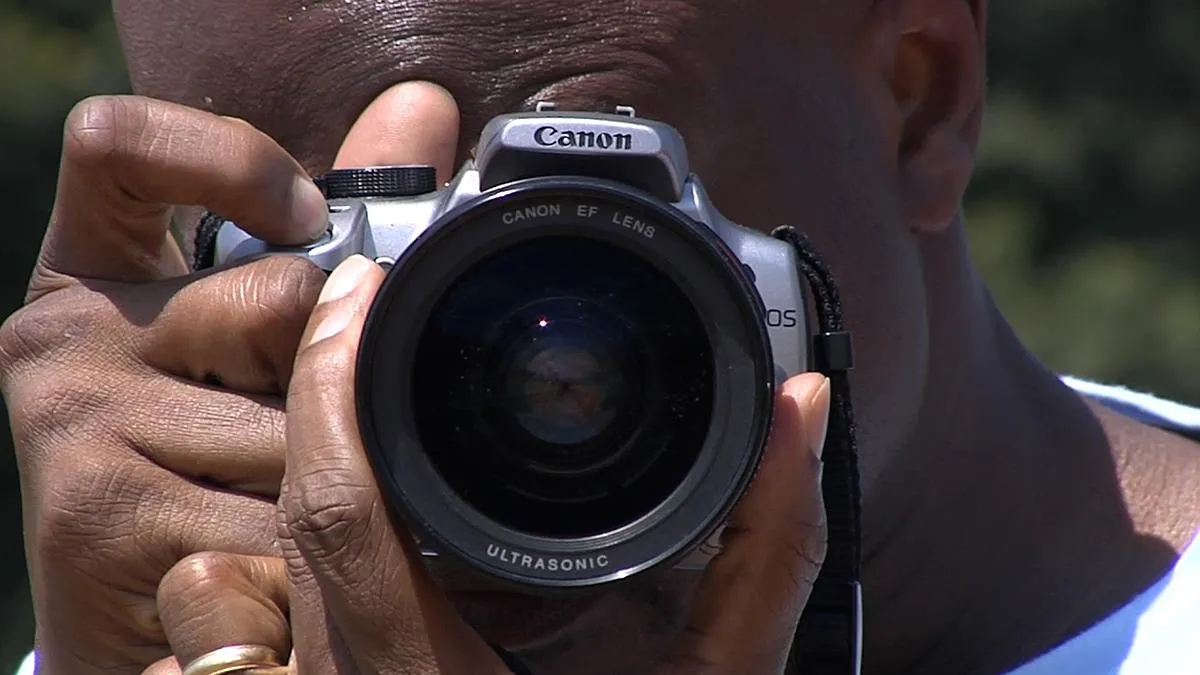
Watercolor, for Edward, is more than medium—it is mercy. It allows moments to breathe, to blur, to become human again. It holds space for imperfection, for the holy tension between fragility and endurance.
In that space, something sacred endures—a shared reverence between artist and collector for the beauty of things that last, and for the tenderness of things that don’t. Ed's camera is a trusted friend who captures things for him to sketch back at the studio.
Edward Wade paints for those who notice what others pass by.
He paints for those who feel deeply, love quietly, and remember fully.
He paints for the ones who understand that in the soft wash of color, time stands still
and the heart, at last, finds its reflection.
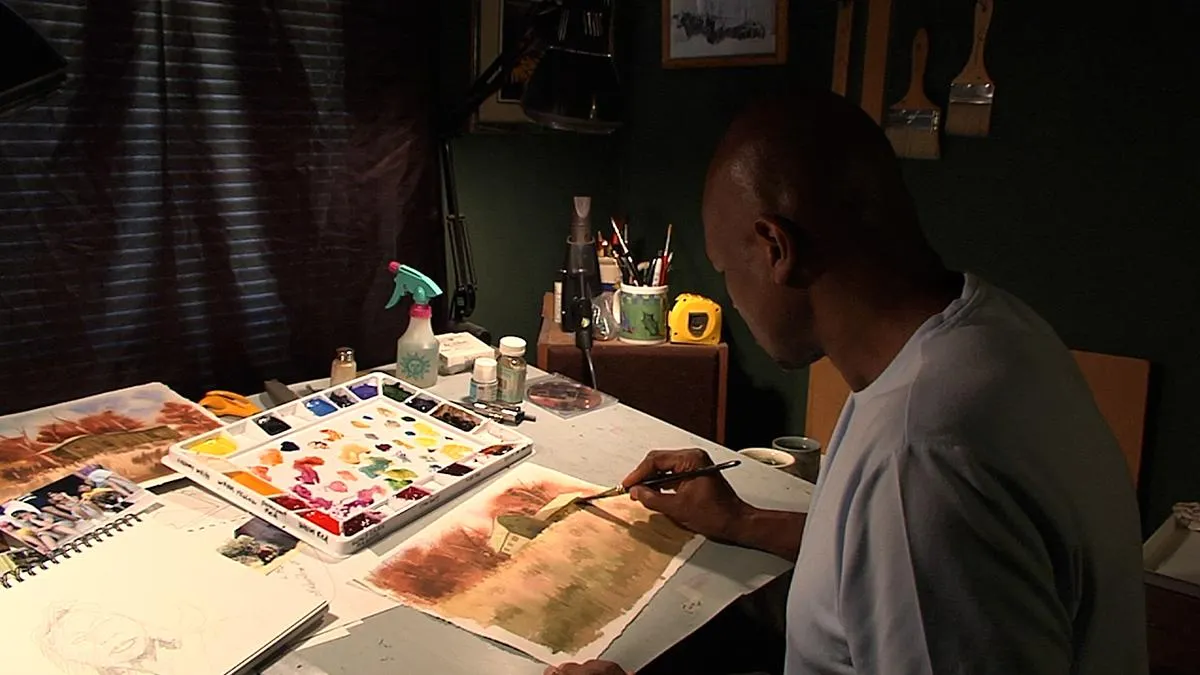
Connected With…
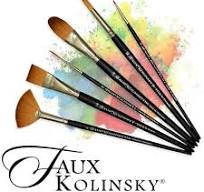


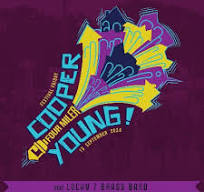
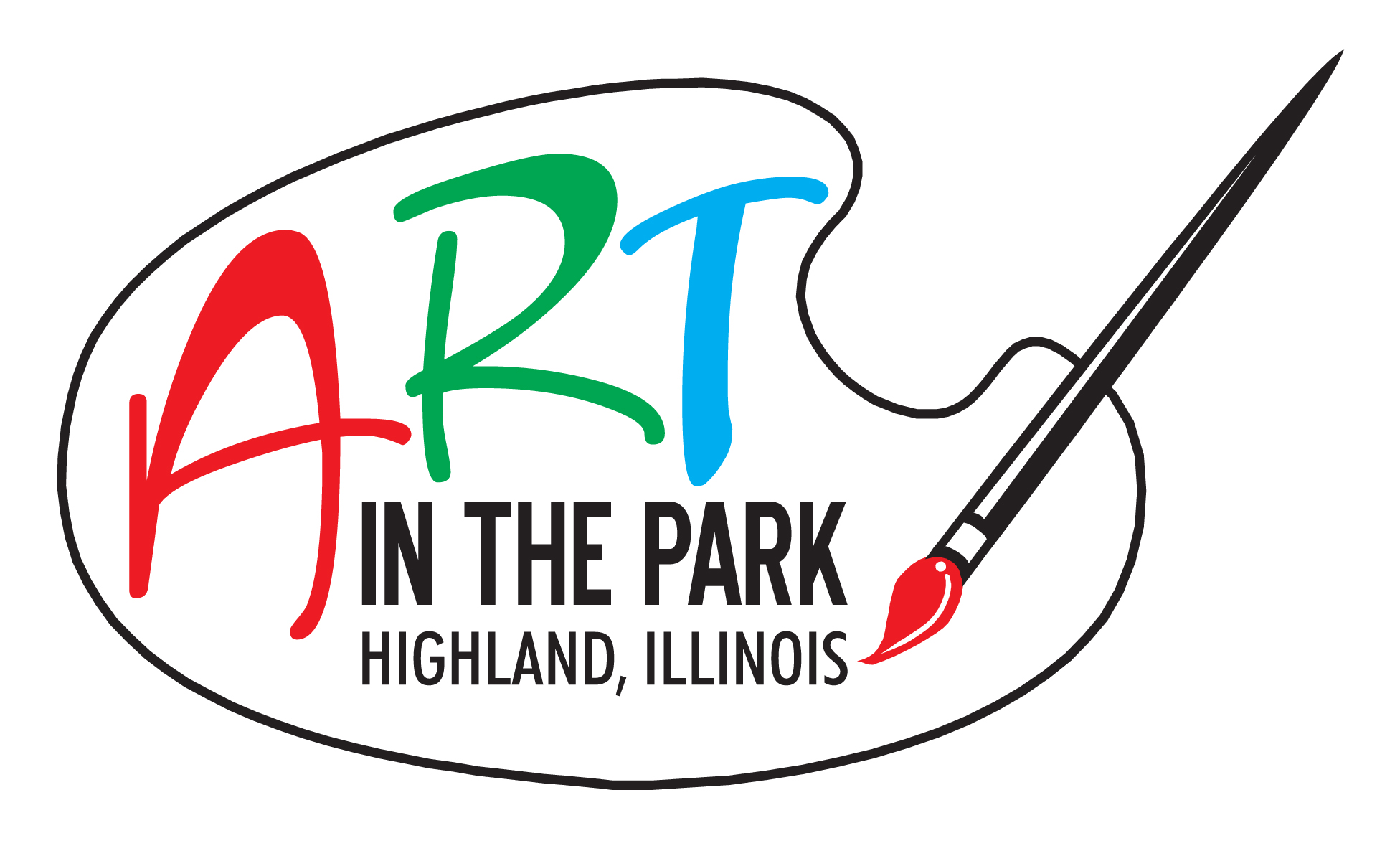

Every painting I create is meant to stir something within you—to make you pause, breathe, and feel the world slow down. I want you to sense the warmth of sunlight, the scent of a distant memory, the quiet emotion in an unguarded face. My art is a space for reflection—a place where you can reconnect with the things time has tried to hide, and find a little of your own story there.
When you collect my work, you’re not just acquiring a painting—you’re gathering a piece of a lifelong journey. From my earliest sketches on the hardwood floor to the soft flow of watercolor today, each brushstroke carries years of practice, wonder, and gratitude. Every material I use, every technique I’ve refined, exists to honor what collectors value most: authenticity, emotion, and the human touch that can’t be replicated.
My collections were created for those who feel deeply—for collectors who see art as memory and meaning, not just color and form. Each piece invites you to find yourself within it: a familiar landscape, a forgotten tenderness, a quiet presence that lingers long after the first glance. These works become personal keepsakes—chapters of your story told through mine.
In a world that moves too fast, my paintings are meant to slow the heart. They invite you to live with beauty that endures, to surround yourself with art that breathes peace and remembrance into your space. When you step into my collections, I hope you don’t just see my work—I hope you feel it, and recognize a part of yourself within the stillness it holds.
Step into the quiet stories waiting to become your own
Limited Edition Watercolors
Own a Piece of Rarity
Every collector begins somewhere. Sometimes it starts with a single print — a simple doorway into a quiet world of color and story. Sometimes it begins with the humbling decision to live with an original painting, one that holds the spirit of time and touch. However your journey begins, I welcome you to step inside and linger awhile.
Each painting I create is a remembrance — of light across a field, of weathered barns still standing, of faces that hold both joy and endurance. My work is not just about what is seen, but what is felt — the hush between moments, the stillness that whispers when the world grows too loud.
I’ve often thought of my collectors as fellow travelers — people who still believe in beauty, in simplicity, and in the sacred weight of handmade things. Some begin with a print. Others wait for an original that feels like an old friend. Wherever you stand in that circle, your place is welcome here.
COLLECTOR REVIEWS
What Collectors & Visitors Say About Ed

““Where fleeting moments find a forever home.”.”
“I love the way Edward handles his figures. There's a bit of rawness to his refinement that really evokes a sense of emotions. His use of color and form is amazing!.”
George Evan Davis, Collector hawaii


““Watercolors that remember, so you never forget.””
“So happy to have your beautiful art work in my home and can’t wait to purchase more.”
Gwen DeBerry, Collector, north carolina


““Stories painted to be lived with and passed on.”.”
“I'm recovering from surgery and your picture made me smile. It truly reminds me of me playing with my cousins in Jamaica!.”
Petrina shaw Collector, jamaica


““For those who collect not things, but meaning.””
“I am truly enjoying your beautiful artwork.”
Ursula young Collector, New York

"Let beauty arrive quietly in your inbox-sign up right NOW!
VIP INSIDER
Be the First to Know. Always.
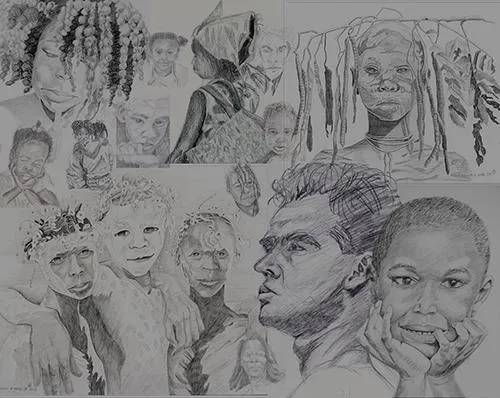
I'd love for you to be part of my VIP Insider circle. It's where I share new paintings before anyone else sees them and I tell stories that inspire each piece. It's my way of keeping you close to the heart of the work-and letting you experience the art the way I do, from the very beginning. Join NOW!


